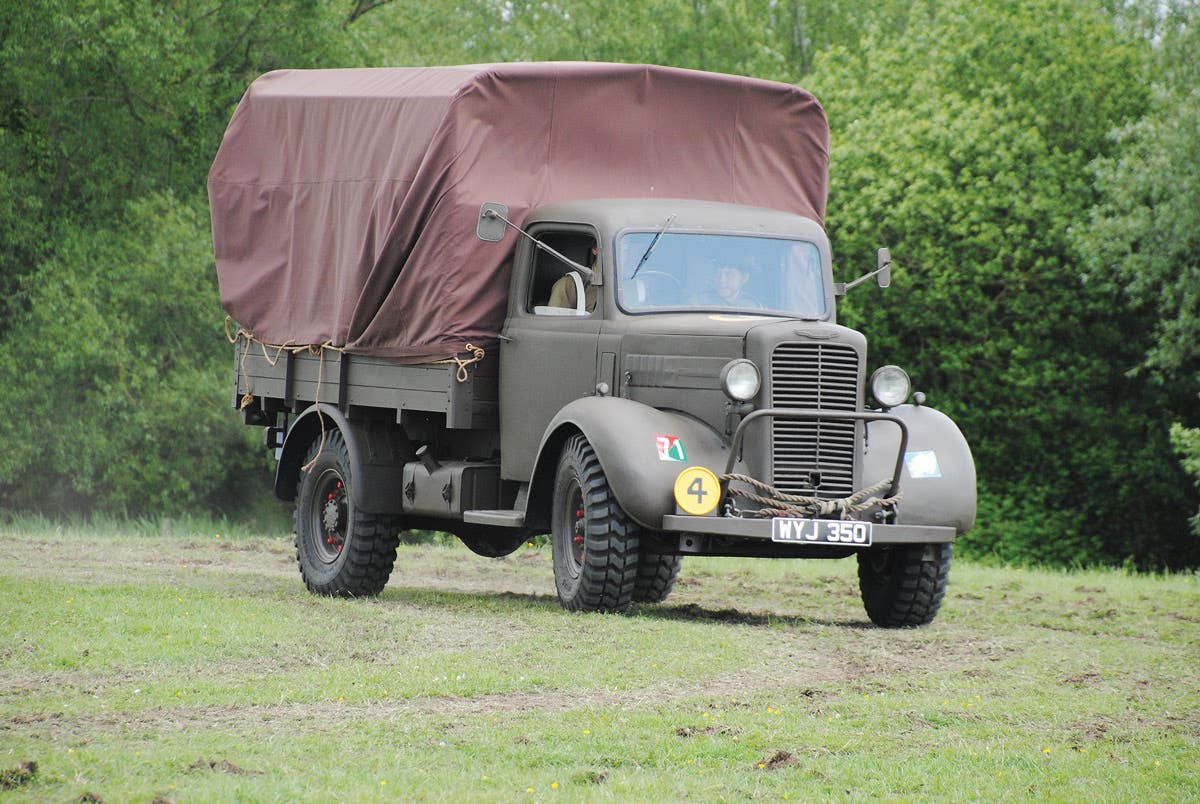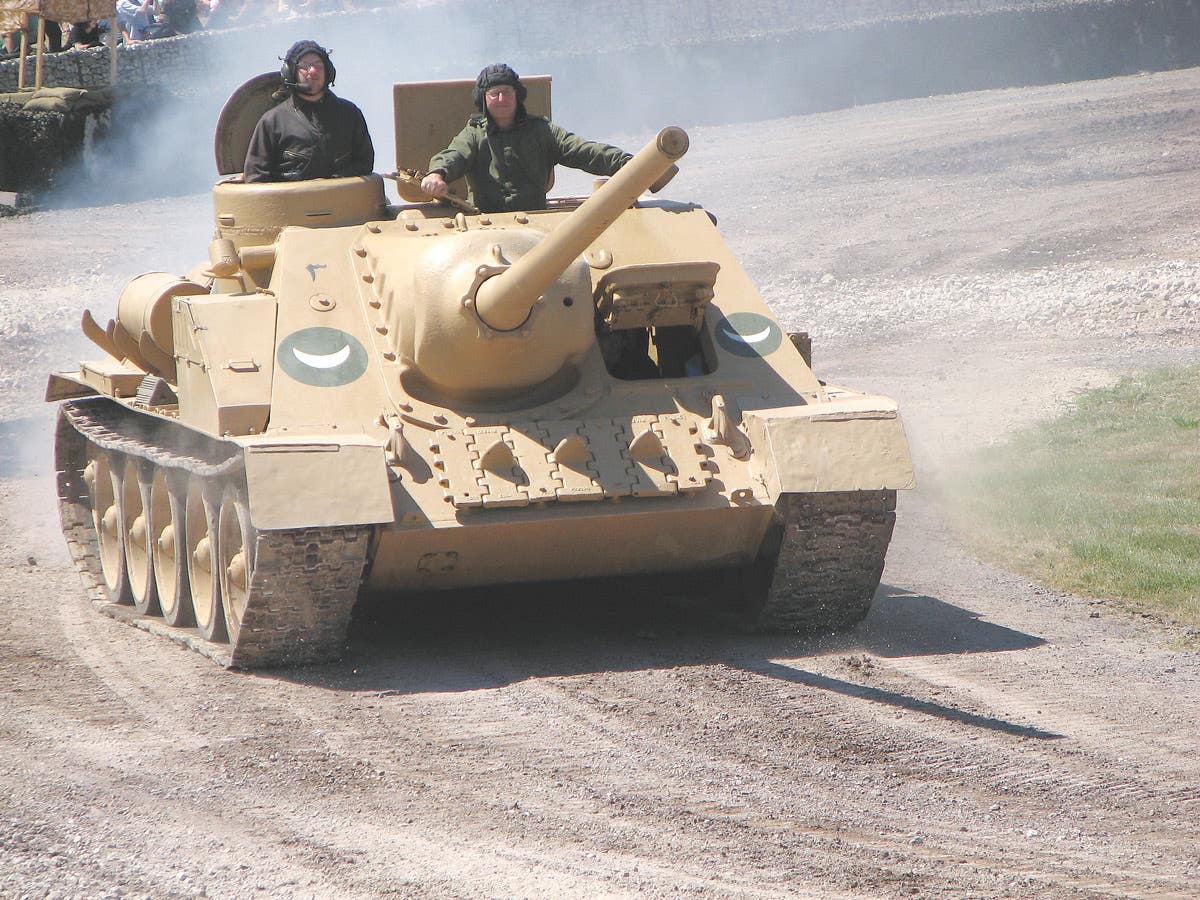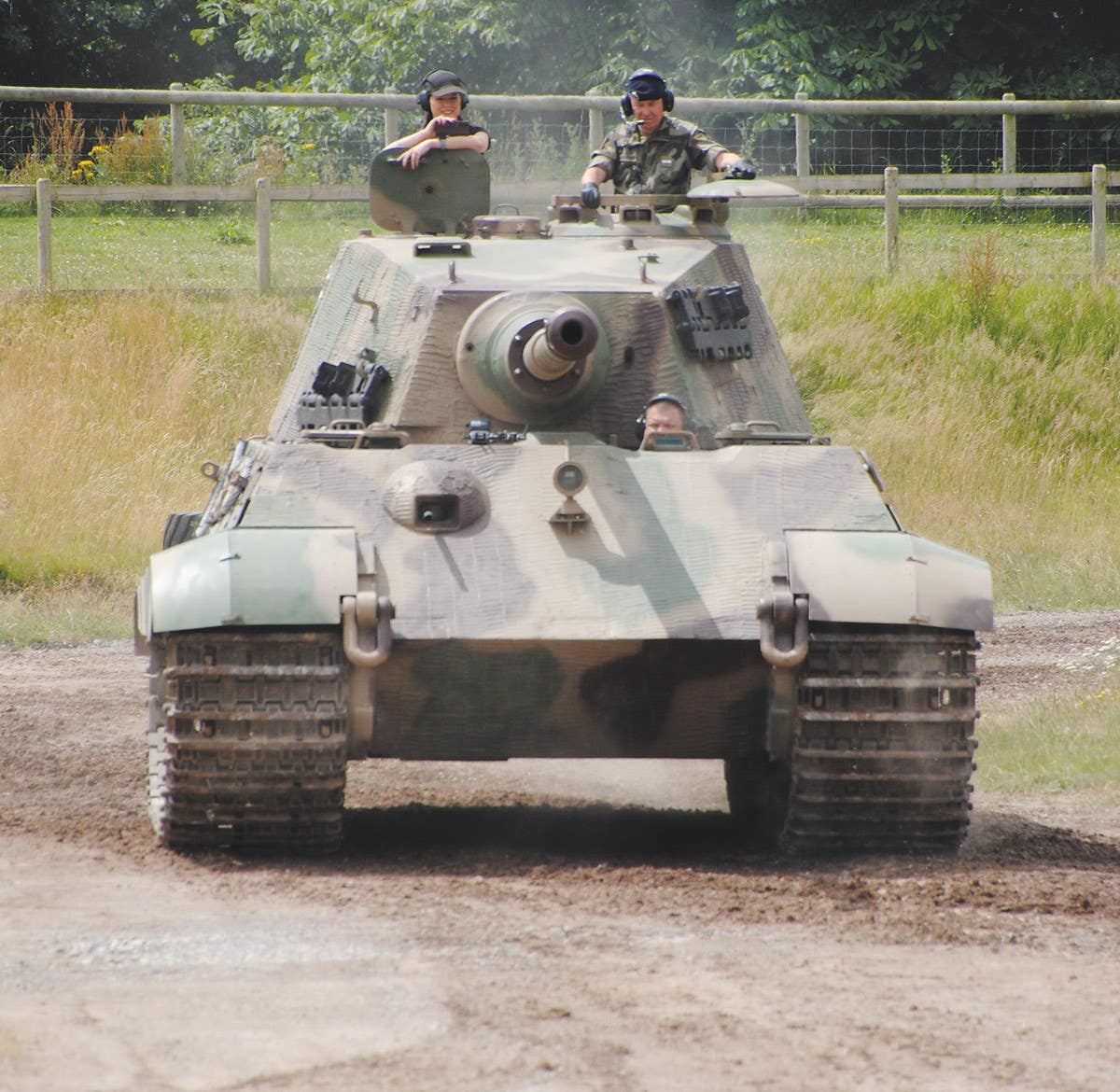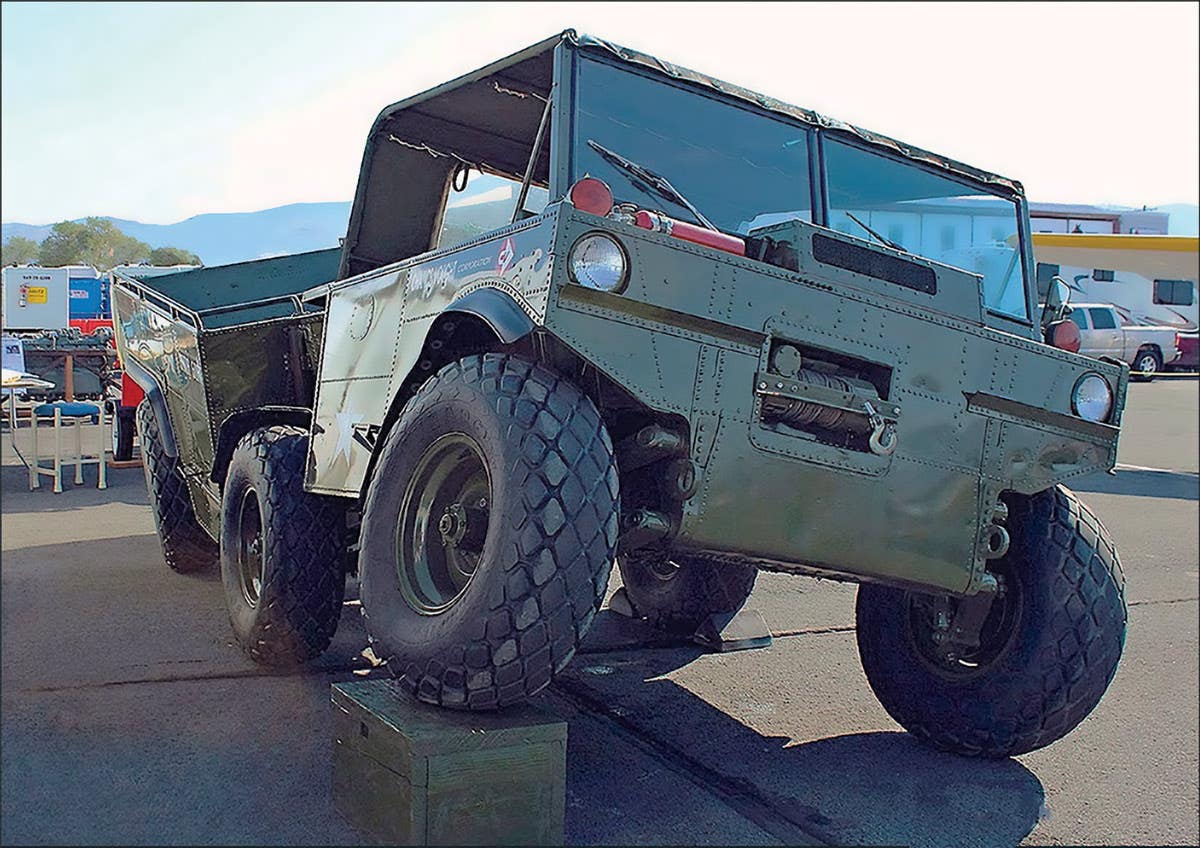Not a “Hunka Tin” The WWI Model T Ambulance
Restoration or Re-creation? Regardless, it’s an iconic vehicle of WW1
It seems that when Dick Mastin sees an unloved, unfinished, military vehicle, he just can’t resist the challenge. This time, the challenge came in the form of a derelict Model T chassis such as the type used for thousands of ambulance during WWI. And, in this case, I use the term “derelict” generously.
When it arrived on the trailer, it was supposed to be a “rolling chassis.” And while it did roll off the trailer, that was only because the keyways between the axle and the wooden spoke wheels had no keys in them! In reality, the drive train — including the engine — was completely frozen from rust and grime.
This story will start from the ground and work its way up — just the way Dick and his crew tackled the project.
The wheels, while they looked somewhat passable, had to have the old rubber tires cut off the rims. The rubber had grown to the metal outer ring! Once the rubber had been removed, it was obvious that the wheels would be only good as a pattern for making new ones. Fortunately, we are in an area where there are many Amish buggy makers. They did an excellent job of copying the originals.
The engine was frozen and turned out to be unusable. We had to find a replacement. Because it would not be an original, we took the opportunity to make several minor changes, such as an electric starter. Dick just didn’t feel that a broken wrist from a hand crank kicking back would add to the vehicles’ originality. For appearances sake, a crank starter handle was installed, however.
Next, the drive train and chassis had to be completely disassemble, cleaned, and repaired where necessary.
So much for the easy stuff. Now, we asked ourselves, “Where do we get a body for a 1916 vintage ambulance?” The answer became obvious: “You make it yourself.” More accurately, you find someone with the computer savvy to scale up drawings or photographs for every single board in the wooden body.
Ted Mathias provided the necessary computer savvy to accomplish this, using a three-dimensional cad design computer program. This was an incredibly painstaking task over many hours to “break” the body down into its individual boards
With the plans for the body completed, we had to find someone to cut the hundreds of boards to proper shapes and sizes. Once again, the Amish woodworkers provided the necessary skills.
Of course, having the wood cut into the many pieces was only one skirmish in the grand battle. It was time to put away the automotive tools and take out the wood working tools. Larry Baswell, a retired maintenance worker and accomplished woodworker, was available to help on this part of the project.
If all this sounds time consuming, be assured, it is. But, once the last board was in place, it was off to the paint shop. The trick was finding a shop that knows how to work with both automotive metal and wood painting.
In the course of restoration of the Model T ambulance, other vehicles came into the next bay in the shop for work, from time to time. Seeing these newer (WWII to Vietnam) era vehicles next to the “T” impressed me with just how fragile and lightly constructed these early WWI vehicles really were. For example, just the injector pump for a 5-ton tractor is nearly the size of the Model T’s engine.
It must have been a real leap of faith to trust your life to these early vehicles as they jostled and bounced their way down the almost nonexistent road ways of the time.
At the time of this writing, the last details, such as storage boxes and seats are being added to this rare vehicle. It will be a real treat to see this historic vehicle running after more than a century since its type first served as the lifeline for so many doughboys on the fields of France during the Great War.
You may also enjoy:
*As an Amazon Associate, Military Trader / Military Vehicles earns from qualifying purchases.








